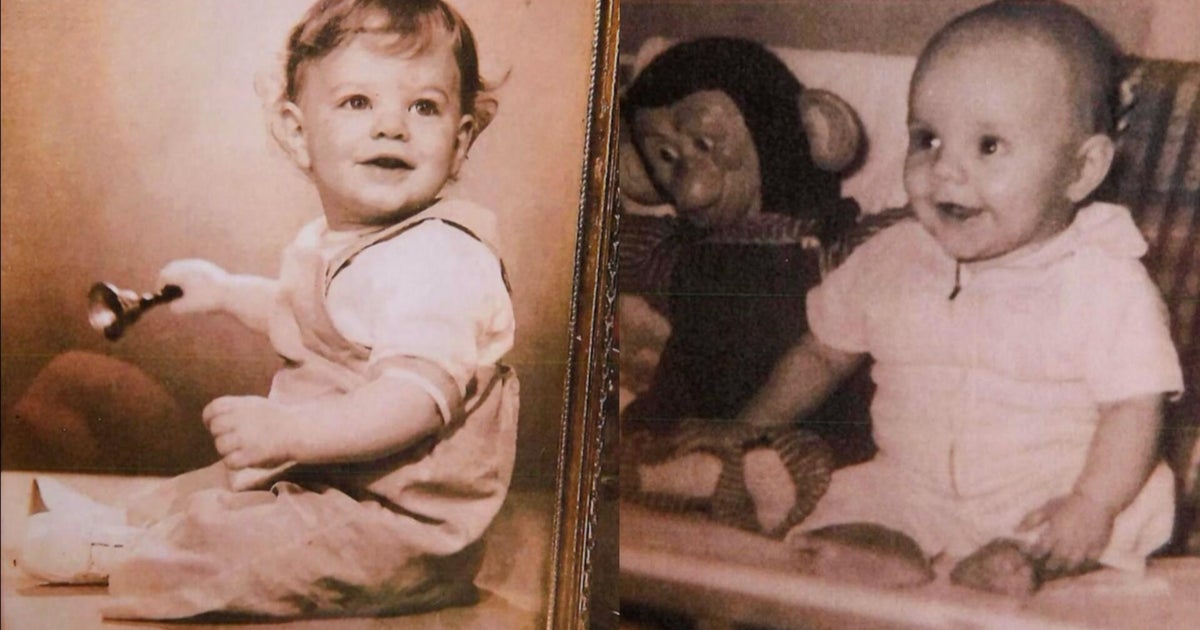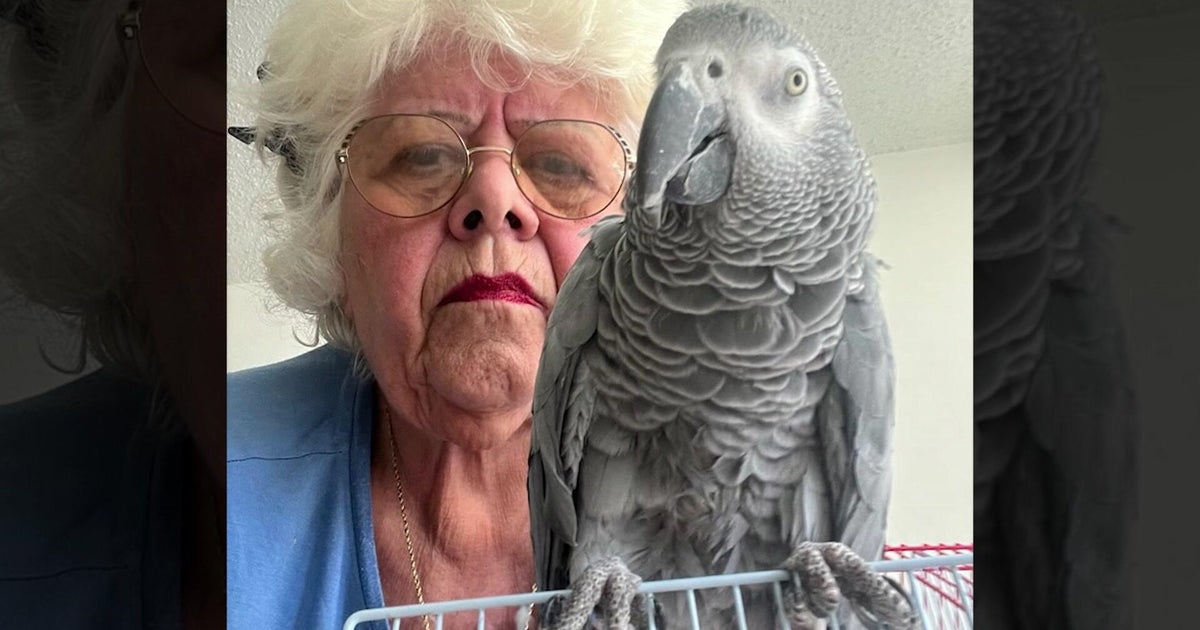Whoa Baby! Nine Peregrine Falcons Hatch Atop MTA Bridges
NEW YORK (CBSNewYork) - New York City is seeing a bit of a baby boom and not just at the Bronx Zoo.
The latest additions are nine baby peregrine falcons that hatched atop MTA bridges.
Three boys were born 360 feet up on the Bronx tower of the Throgs Neck Bridge. They were named Locust, Edgewater, and Bayside by bridge employees in honor of communities near that bridge.
Two girs hatched 693 feet up on the Brooklyn tower of the Verrazano-Narrows Bridge. They were named Rose in honor of Staten Island's Rosebank neighborhood and Sunset for the Sunset Park neighborhood in Brooklyn.
Four chicks also hatched inside a World War II gun turret 215 feet up on the Rockaway tower of the Marine Parkway-Gil Hodges Memorial Bridge. The names of those birds are also connected to local communities. They are Rocky, for the Rockaways, Floyd, for nearby Floyd Bennett field, Marine (for the bridge), and Breezy for Breezy Point.
WCBS 880's Marla Diamond: The Falcons Are Still On The Endangered List
Podcast
"It doesn't cost the Authority anything to have the falcons nest here," said Throgs Neck Maintenance Superintendent Carlton Cyrus. "We just give them some peace and quiet and during nesting season make sure that our contractors and maintenance workers don't disturb them. This allows the chicks to hatch and gives them a greater opportunity for survival."
Cyrus has been involved with nesting falcons since 1997 and says urban falcons like nesting atop bridges, church steeples, and high-rise buildings. This is because they provide an excellent vantage point for hunting prey, including pigeons and small birds.
Banding takes place about three weeks after hatching when the chicks' talons have grown to adult size. Each new chick receives an identification band for future monitoring by federal wildlife officials.
Watch: Video Of Chicks Being Banded
The banding is done by wildlife specialist Chris Nadareski, of the city Department of Environmental Protection's Wildlife Studies division, which coordinates the city falcon program in cooperation with the State Department of Environmental Conservation.
Peregrine falcons were nearly wiped out in the 1960s because of pesticides in their food supply, and remain on the NYS Department of Conservation's endangered birds list. The peregrine nesting program began in the city in 1983, and the first two established nests were at the Verrazano-Narrows and Throgs Neck Bridges.
Peregrine falcons mate for life and nest in the same spot each year. The young falcons begin flying when they are about six-weeks-old. Nadareski estimates that, as of this year, there are 16 pairs of peregrine falcons who call the city home.



